Sacred Bead to Swiss Bestseller: Rudraksha Rides Europe’s Wellness Wave
Among the buyers are members of Switzerland’s 27,000-strong Indian-origin population, but increasingly, the appeal has moved far beyond the diaspora.
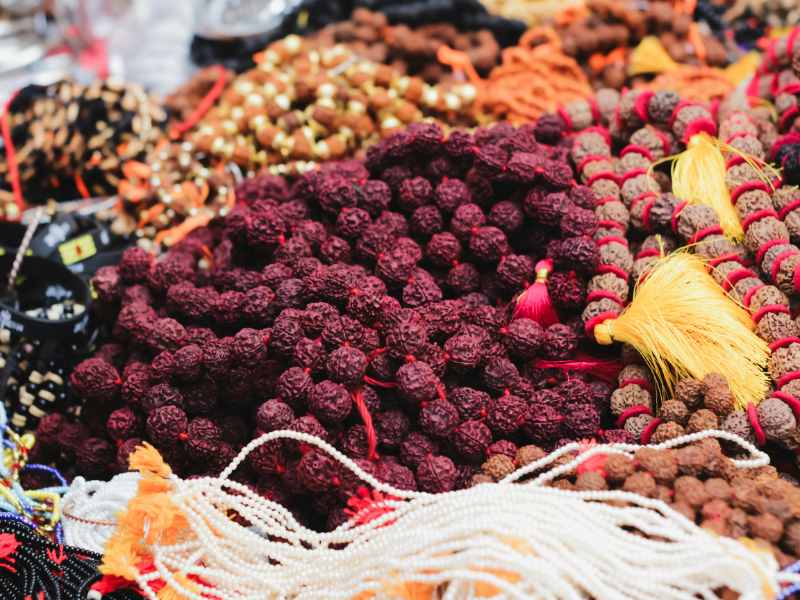 Representative Image / Pexels
Representative Image / Pexels
Rudraksha, once worn mainly by sadhus, temple-goers, and yoga practitioners in India, has found an unlikely new customer base in Europe’s booming wellness market.
In Swiss online yoga stores and boutique mindfulness shops, the familiar brown seed is no longer introduced as a religious object but as an accessory for stress relief, energy balance, and mental clarity.
A simple rudraksha mala (necklace) now sells in Zurich for nearly 50 Swiss francs — about ₹4,650. The product descriptions rarely mention Lord Shiva or tradition. Instead, they speak of the bead’s ability to “cool the body” and “calm the mind”.
Among the buyers are members of Switzerland’s 27,000-strong Indian-origin population, but increasingly, the appeal has moved far beyond the diaspora.
This shift has gained a structural boost from the India–EFTA Trade and Economic Partnership Agreement, which came into effect on Oct. 1, 2025. The pact covers Switzerland, Norway, Liechtenstein, and Iceland, and gives rudraksha exporters zero-duty access to these high-income markets.
For a trade built largely by family-run businesses in Haridwar, Delhi, and Jaipur, the removal of customs duty is more than a tariff tweak — it is an entry pass into a premium niche.
Officials involved in the negotiations say demand in Europe is no longer confined to cultural nostalgia. A wave of secular spirituality — yoga without the gods, meditation without the chants — has created new consumers who associate the bead with mindfulness rather than myth.
“This reframing of a sacred object for a new-age wellness market has opened a lucrative export channel,” said a trade official familiar with the development. Exporters agree. Many of them have spent decades sourcing seeds from India, Nepal, and Indonesia, then overseeing the polishing, stringing, and finishing before they are sold abroad.
Once available only in temple shops and tourist stalls, it is now being shipped as ‘authentic handcrafted jewellery’ with certificates of origin.
In 2024–25, India exported rudraksha worth $110,000. Trade data from Volza shows that between September 2023 and August 2024, Indian businesses made 126 overseas shipments, supplying 23 buyers through 11 exporters. August 2024 alone saw 10 shipments — a 150 per cent jump over July.
The United Kingdom, the Netherlands, and the United States are currently major destinations, but with TEPA in place, Switzerland is expected to climb rapidly.
Globally, India remains one of the three biggest exporters, alongside Indonesia and Nepal. Indian traders say Switzerland, in particular, has become a high-value market where margins can outweigh volume.
“People aren’t buying beads. They’re buying calm, authenticity, and a story,” said one exporter who has been in the business for over 30 years.
For Indians, the bead still carries an old meaning. Rudraksha — literally “the eye of Rudra,” or the tear of Shiva — has centuries of spiritual association. Legends describe how the beads emerged when Shiva’s tears touched the earth.
Beyond mythology, Ayurvedic texts and modern wellness trends credit the seed with benefits for emotional stability, cardiovascular health, and stress reduction. Children, students, the elderly, and people recovering from illness wear it as easily as ascetics do. Its appeal has never been tied to a single religion, geography, or age group.
The economics behind it are surprisingly practical. Rudraksha is not plucked from trees; it is collected only after it ripens and falls. The smaller beads often cost more because they are harder to find and retrieve in mountainous regions. What was once a painstaking collection process in remote forests has now become part of branded wellness retail in European capitals.
What is unfolding is not simple cultural borrowing but a reinterpretation shaped by commerce and timing. In yoga studios in Zurich and Oslo, the beads sit next to incense, quartz, and linen meditation cushions.
Shops sell them with phrases like “grounding energy” and “clarity support,” gently steering clear of overt religiosity. Many buyers have never heard the myths behind the bead and don’t need to.
For Indian exporters, the agreement has done what word of mouth and tourist trade never could: it has given the rudraksha a formal route into wealthy markets.
ADVERTISEMENT
ADVERTISEMENT
E Paper
Video



1759953093.png) Staff Reporter
Staff Reporter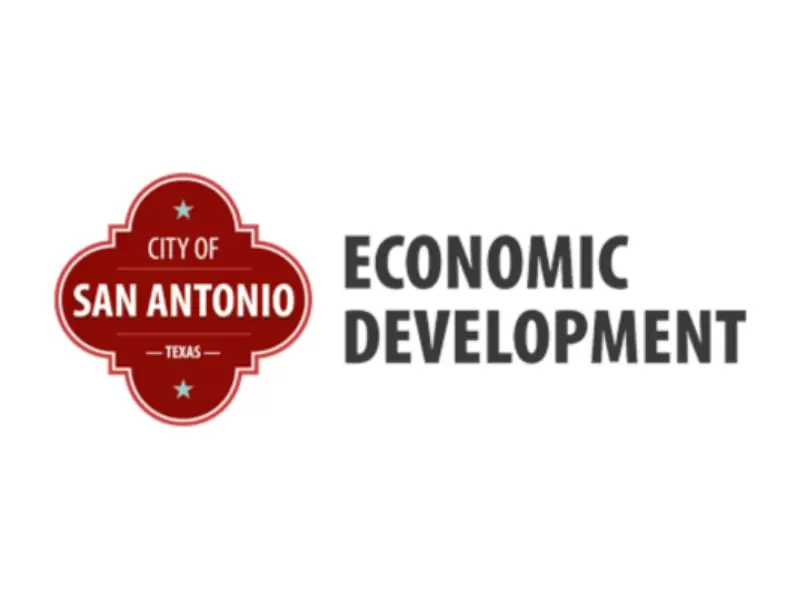
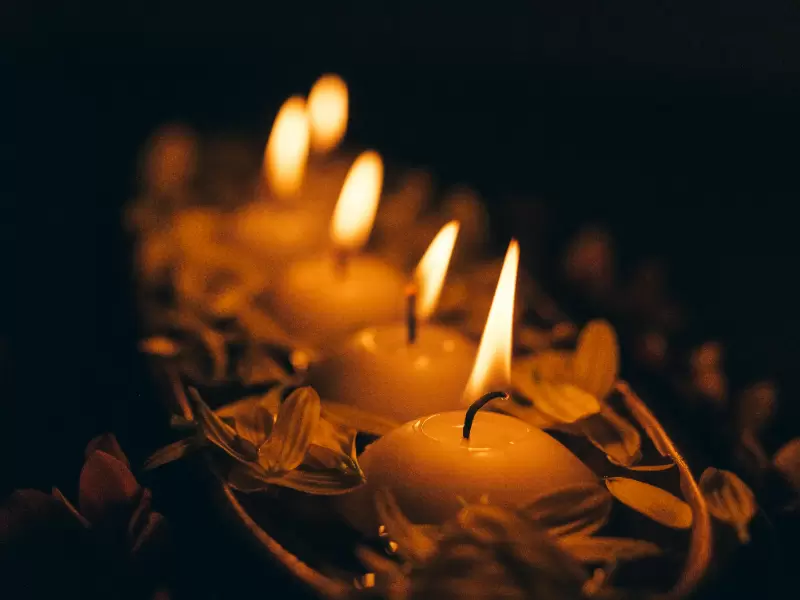
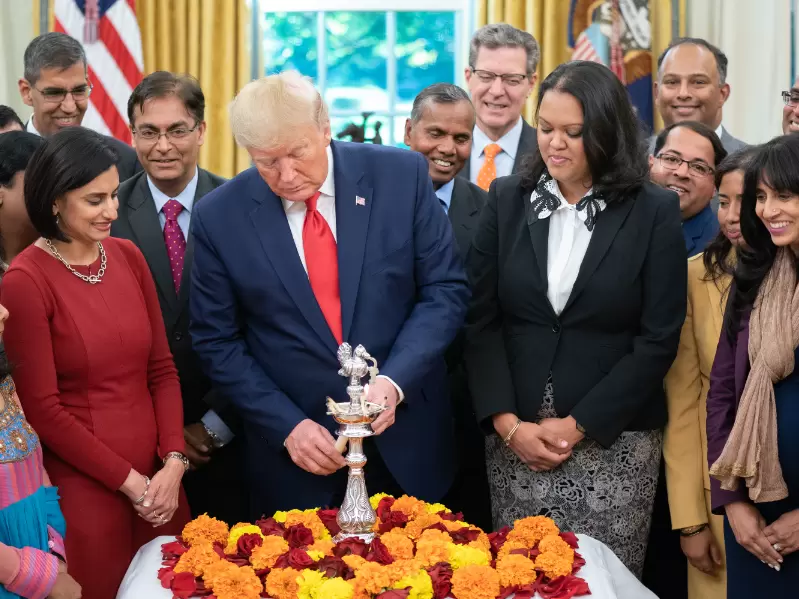




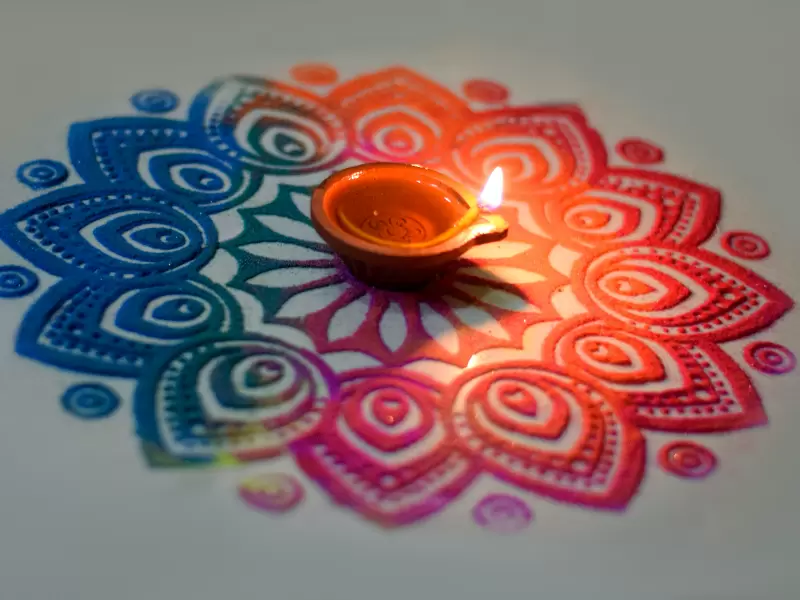






Comments
Start the conversation
Become a member of New India Abroad to start commenting.
Sign Up Now
Already have an account? Login